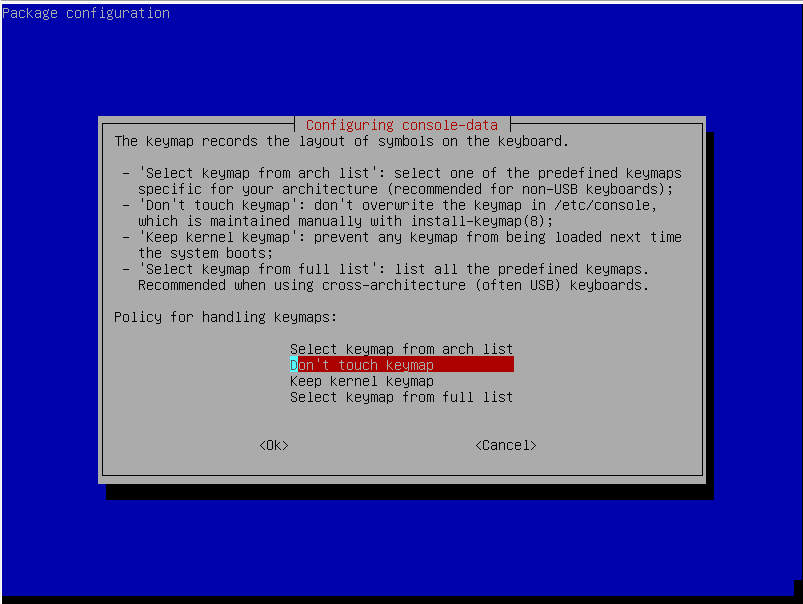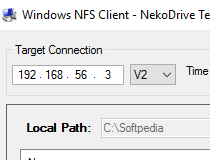
will keep you at the root path.įor example: /././././ is still just /īy now, a few of you have already figured it out. When you're at this path, attempting to reach the parent path, via. When you're talking about paths in just about any environment, the root folder is the highest path you can reach, whether it's C:\ (windows) or / (*nix)

It's so easy my jaw dropped when I figured it out.īasically, we trick OS X into thinking we're mounting somewhere else. Note that, if you manually create the mount point using mkdir, it will mount.īut, upon restart, OS X removes the mount point, and automounting will fail. $ sudo automount -cvĪutomount: /Volumes/my_mount: mountpoint unavailable This will not work (anymore!) though it "should". Otherwise the automounter will not be able to read the config and fail with a. Make sure you: sudo chmod 644 /etc/auto_nfs etc/auto_nfs (this is all one line): /Volumes/my_mount -fstype=nfs,noowners,nolockd,noresvport,hard,bg,intr,rw,tcp,nfc nfs://192.168.1.1:/exports/my_share net -hosts -nobrowse,hidefromfinder,nosuid

Somewhere along the line, Apple decided allowing mounts directly into /Volumes should not be possible:

I have spent quite a bit of time figuring out automounts of NFS shares in OS X.


 0 kommentar(er)
0 kommentar(er)
